Dental Implants vs. Dentures Debate

Dental Implants vs. Dentures
In the debate of dental implants vs. dentures, cost as well as longevity and maintenance play critical roles in making an informed decision for prospective patients.

Cost Considerations
When weighing the financial aspect of dental solutions, it is essential to understand the typical costs associated with dental implants and dentures.
OptionEstimated Cost RangeCoverage OptionsDental Implants$3,000 - $7,000 per tooth GoodRxMay be partially covered by private dental insurance; financing options often available.Dentures (Full/Partial)$1,000 - $3,500 GoodRxUsually covered by dental insurance; lower out-of-pocket costs compared to implants.
Dental implants generally entail higher upfront costs due to the complexity of the procedure and materials involved. However, they may offer long-term savings due to their durability and lesser need for replacements over time.
Longevity and Maintenance
The longevity and maintenance requirements of dental implants and dentures differ significantly, impacting the overall experience for patients.
OptionLongevity (Years)Maintenance RequirementsDental ImplantsLifetime with proper care Dentiq DentalRegular oral hygiene including brushing and flossing. Periodic dental check-ups.Dentures (Full)5 - 10 years Dentiq DentalDaily cleaning and soaking, adjustment for fit over time. Regular replacements may be necessary.
Dental implants are custom-made to blend seamlessly with natural teeth and can last a lifetime with proper care. In contrast, dentures often require replacements every few years, increasing their long-term costs and maintenance efforts.
Patients should carefully consider these factors, including their lifestyle, budget, and preferences, when deciding between dental implants and dentures. For more information about dental implants, refer to our article on what are dental implants and how do they work?.
Dental Implants
Dental implants are a popular choice for those looking to replace missing teeth. This section examines the implant procedure, the benefits for patients, and potential complications.
Implant Procedure
The dental implant procedure involves several steps. First, a titanium or zirconia post is surgically inserted into the jawbone to replace the root of the missing tooth. This process is known as osseointegration, during which the bone fuses with the implant. This integration can take anywhere from three to six months. Once this healing phase is complete, a crown is attached to the post, resulting in a permanent tooth replacement solution that can last a lifetime if cared for properly [1].
Steps in the Dental Implant Procedure:
StepDescription1. ConsultationAssessment of the patient's dental health and suitability for implants.2. Implant PlacementSurgical insertion of the implant post into the jawbone.3. Healing PhaseOsseointegration process lasting three to six months.4. Crown PlacementAttaching the crown to the implant post once healing is complete.
Benefits for Patients
Dental implants offer numerous advantages for individuals seeking tooth replacement. They provide stability and support to surrounding teeth as they integrate with the jawbone, making them a permanent solution that can withstand normal biting forces without slipping or shifting [2].
Key benefits include:
Potential Complications
While dental implants are generally safe and effective, there are some potential complications to consider. These include:
Understanding the benefits and potential complications of dental implants is critical when considering options in the dental implants vs. dentures debate. For more information on the process and expectations, explore our articles on what to expect from dental implant surgery? and are you a candidate for dental implants?.
Dentures
Dentures have long been a common solution for those experiencing tooth loss. Understanding the different types of dentures, how to care for them, and their advantages and disadvantages can help individuals make informed decisions about their dental health.
Types of Dentures
There are primarily two types of dentures: complete and partial.
Type of DentureDescriptionComplete DenturesThese are used when all natural teeth are missing. They fit over the gums and are supported by the surrounding tissues.Partial DenturesThese are used when some natural teeth remain. Partial dentures fit around the existing teeth and help maintain the structure of the mouth.
Additionally, some dentures are categorized as permanent or removable. Permanent dentures are securely attached to dental implants surgically placed in the jawbone, providing enhanced stability and improved chewing efficiency compared to traditional dentures.
Care and Maintenance
Proper care and maintenance are essential to extend the life of dentures. Key practices include:
Additionally, it’s important to clean the mouth's soft tissues and existing teeth to maintain overall oral hygiene.
Pros and Cons
Dentures offer several advantages and some disadvantages that individuals should consider.
ProsConsMore affordable than dental implants initiallyMay require replacements or repairs over timeAbility to provide a natural-looking appearanceCan slip or become loose, causing discomfortEasier to clean compared to some dental implantsRequires daily maintenance and careAvailable in both complete and partial typesMay not provide the same chewing efficiency as implants
While dentures can be a budget-friendly option, it's essential to evaluate long-term costs including replacements or maintenance. For some individuals, the choice between dentures and dental implants will depend on personal preferences, oral health conditions, and their desire for a more permanent solution. Exploring options like cosmetic dentistry for smile makeovers can also provide additional insight into enhancing one’s smile.
Choosing Between Implants and Dentures
When considering options in the debate of dental implants vs. dentures, several factors should be evaluated. Making an informed decision can help individuals choose the solution that best suits their needs.
Factors to Consider
Several elements play a crucial role in determining whether dental implants or dentures are the better choice. These include:
FactorImplantsDenturesAgeSuitable for those in their 60s or youngerOften preferred by older adultsComfort LevelMore comfortable as they are fixedMay require adjustment to fitBone DensityRequires sufficient bone to support implantsNo special requirements for bone densityChewing EfficiencyBetter chewing abilityMay feel less stable when eatingMaintenanceRequires consistent oral hygiene careEasier to clean; removableCostTypically $3,000 to $7,000 per toothGenerally more affordable and cost-effective
Individuals, particularly older adults or those with low maintenance preferences, may find dentures to be a more suitable option [4].
Age and Maintenance Preferences
The age of the potential recipient plays a significant role in this decision. Dental implants are often considered by younger candidates who might expect decades of longevity from the procedure. Conversely, older adults who seek less time-consuming and non-invasive treatments may lean towards dentures [4].
For those who prioritize easy maintenance, permanent dentures offer benefits such as stability during eating and speaking, a natural appearance, and the preservation of bone health. They are generally removable, making them simpler to clean compared to the more fixed and maintenance-heavy nature of dental implants. Additionally, permanent dentures can serve as a cost-effective alternative [2].
Evaluating age, maintenance preferences, and various factors will help individuals arrive at an informed choice that aligns with their lifestyle and oral health goals. For more insight into the specifics of dental implants, see our article on what are dental implants and how do they work?.
Statistics and Trends
Understanding the statistics and trends related to tooth loss and the popularity of dental solutions can inform important decisions about whether to opt for dental implants or dentures.
Tooth Loss Data
Tooth loss is a common issue faced by many individuals. In fact, about 60% of Americans aged 40 to 64 have lost at least one tooth. Additionally, approximately 1 in 10 Americans over the age of 65 have lost all their teeth, which can create challenges with eating, speaking, and overall self-esteem.
Age GroupTooth Loss StatisticsAges 40-6460% have lost at least one toothAges 65+10% have lost all their teeth
Popularity by Age Group
The popularity of dental implants versus dentures often varies based on age. According to a 2018 study, dental implants have gained traction particularly among adults aged 55 to 64. This trend indicates a shift in preference for more permanent solutions as people age. In the U.S., around 17% of individuals aged 65 and older have lost all their natural teeth [4].
Age GroupPercentage with All Natural Teeth LostAges 65+17%Ages 55-64Increasing popularity of implants
Affordability and Coverage
While dental implants are gaining popularity, they come with a significant cost. The typical price for a dental implant can range from $3,000 to $7,000 per tooth. This price includes the post, abutment, and crown, though it varies based on location, dentist expertise, and individual patient needs.
Insurance coverage for dental implants can be complex. Private dental insurance plans may partially cover implants, but additional financing often becomes necessary. Medicare generally does not cover dental implants, while Medicare Advantage may offer expanded coverage. Medicaid’s coverage for dental implants varies by state and is usually limited to medically necessary cases [5].
Pricing & CoverageDetailsTypical Cost of Implants$3,000 - $7,000 per toothInsurance CoverageVaries by plan; may be partialMedicare CoverageTypically excludes implantsMedicaid CoverageVaries by state; limited availability
These statistics highlight the significance of understanding individual needs and preferences when considering options for tooth replacement. For more insights into the benefits of dental implants, check out our article on what are dental implants and how do they work?.
References
[2]:
[3]:
[4]:
[5]:







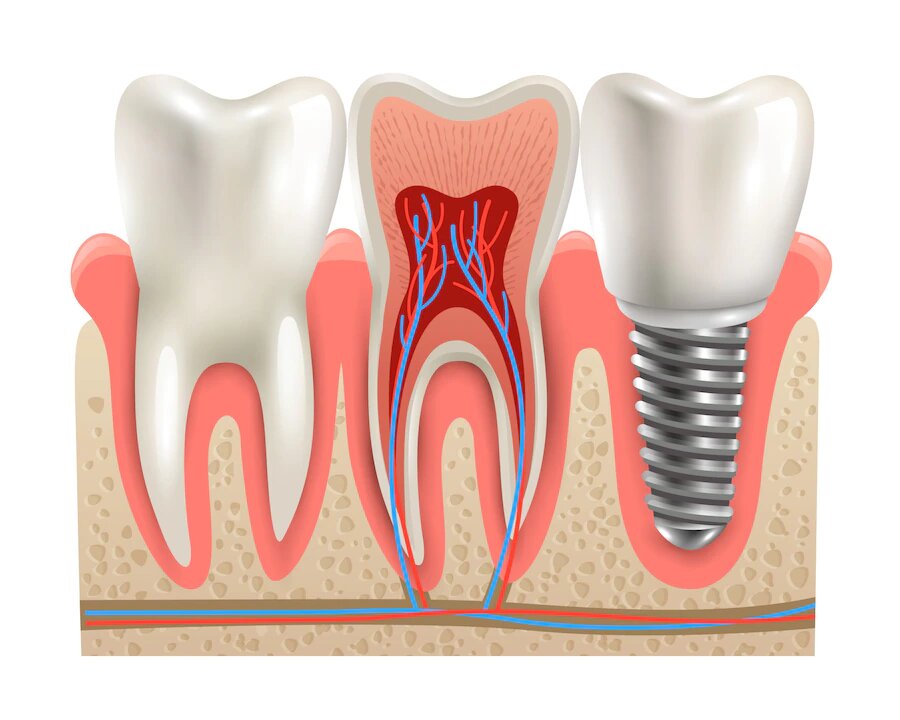










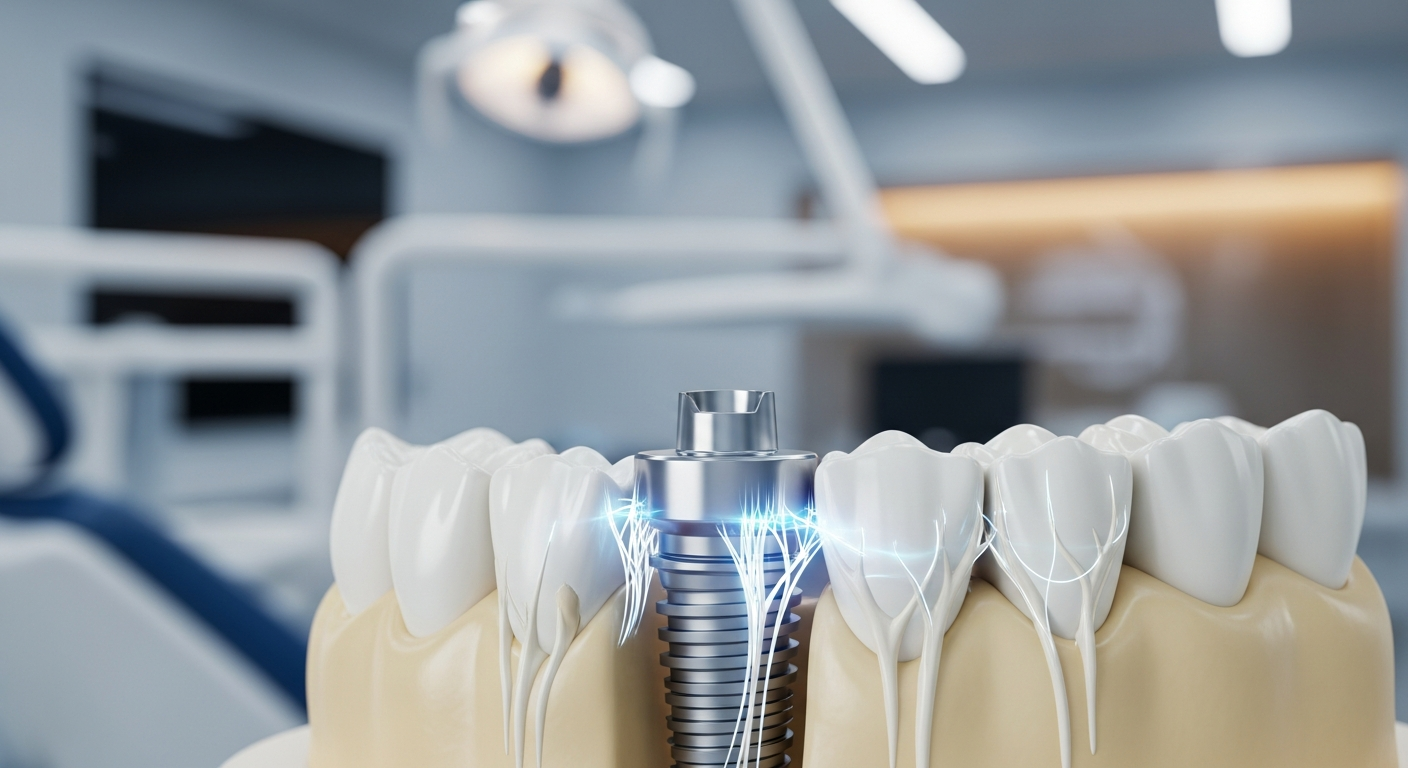






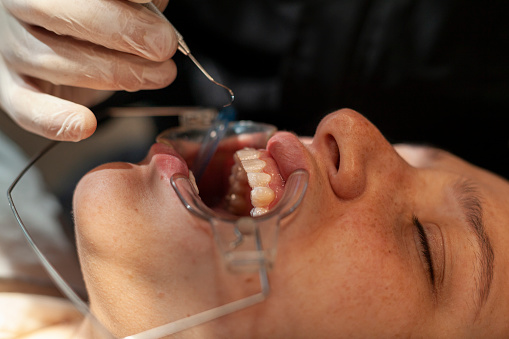

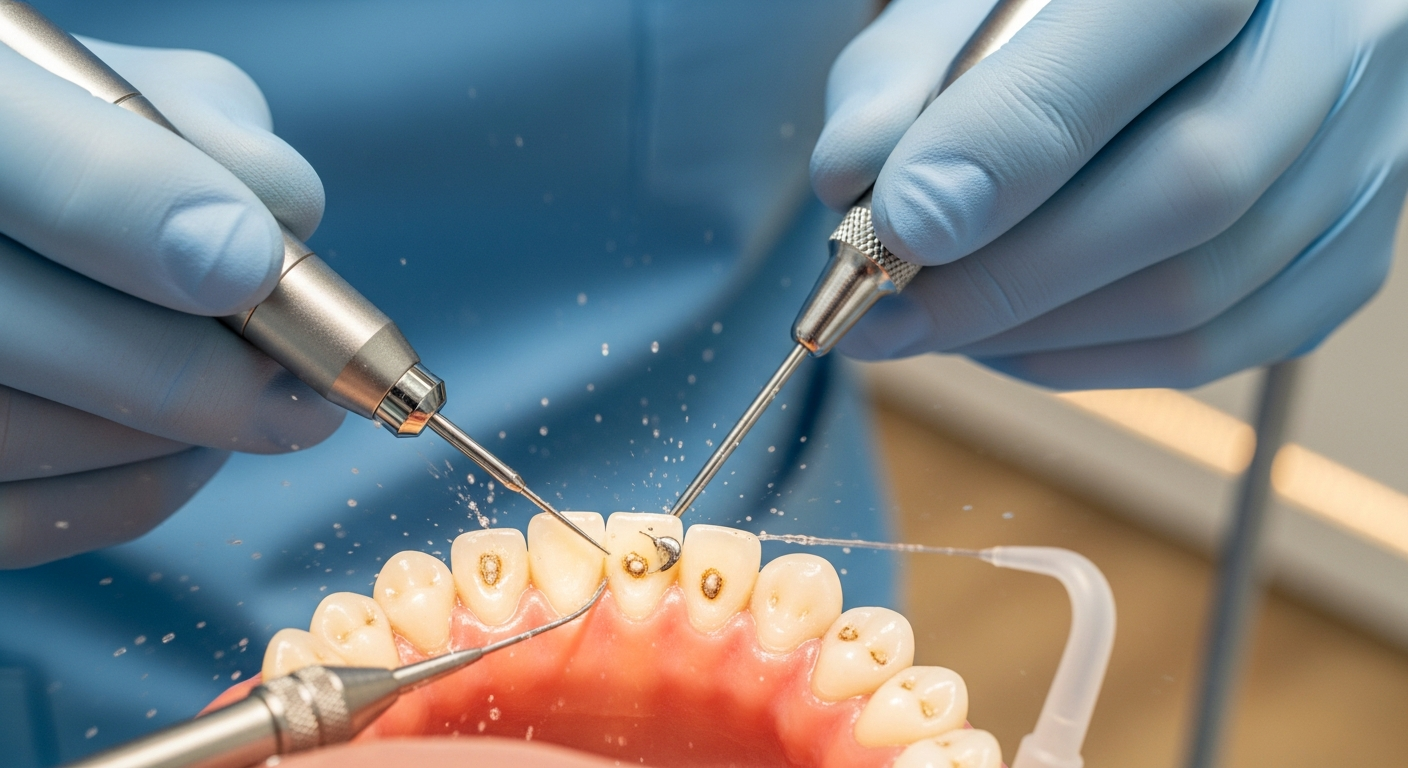


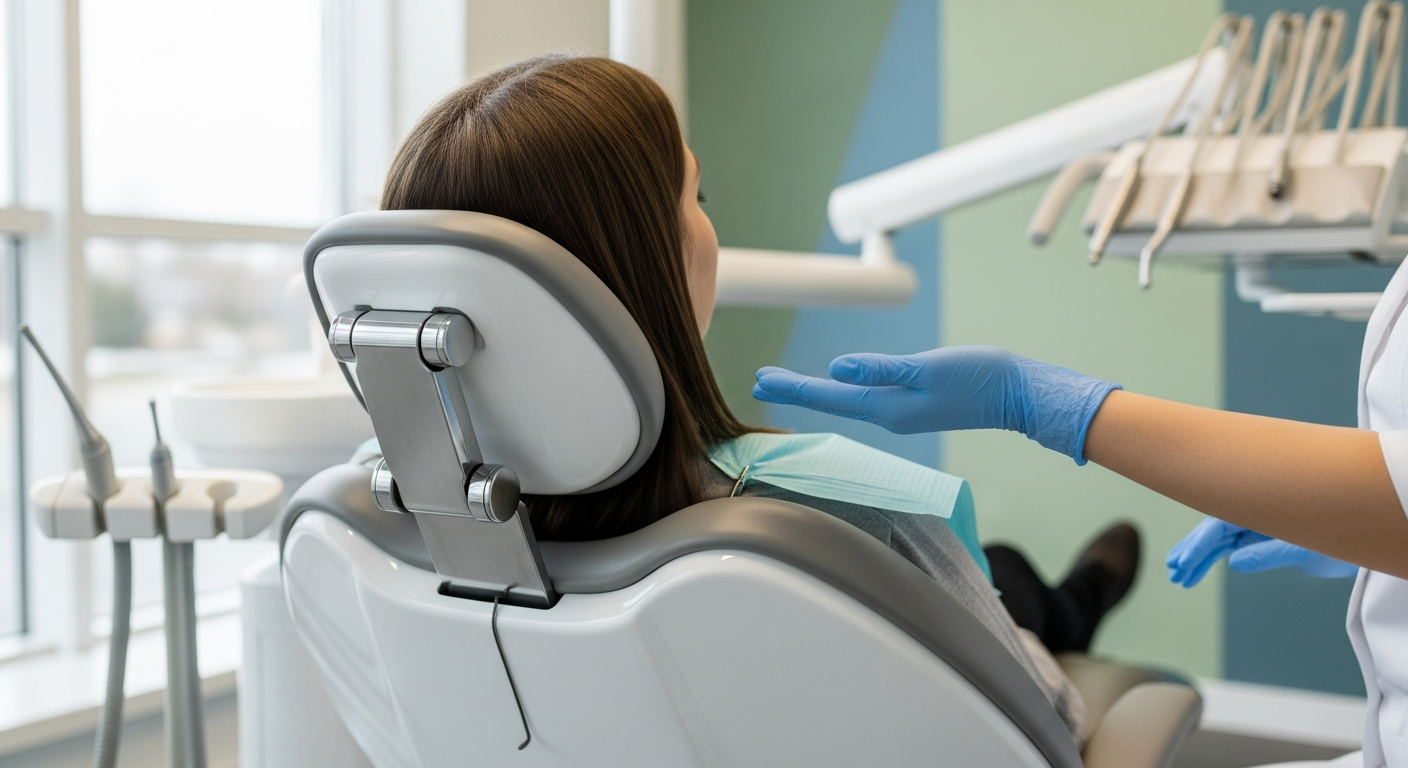


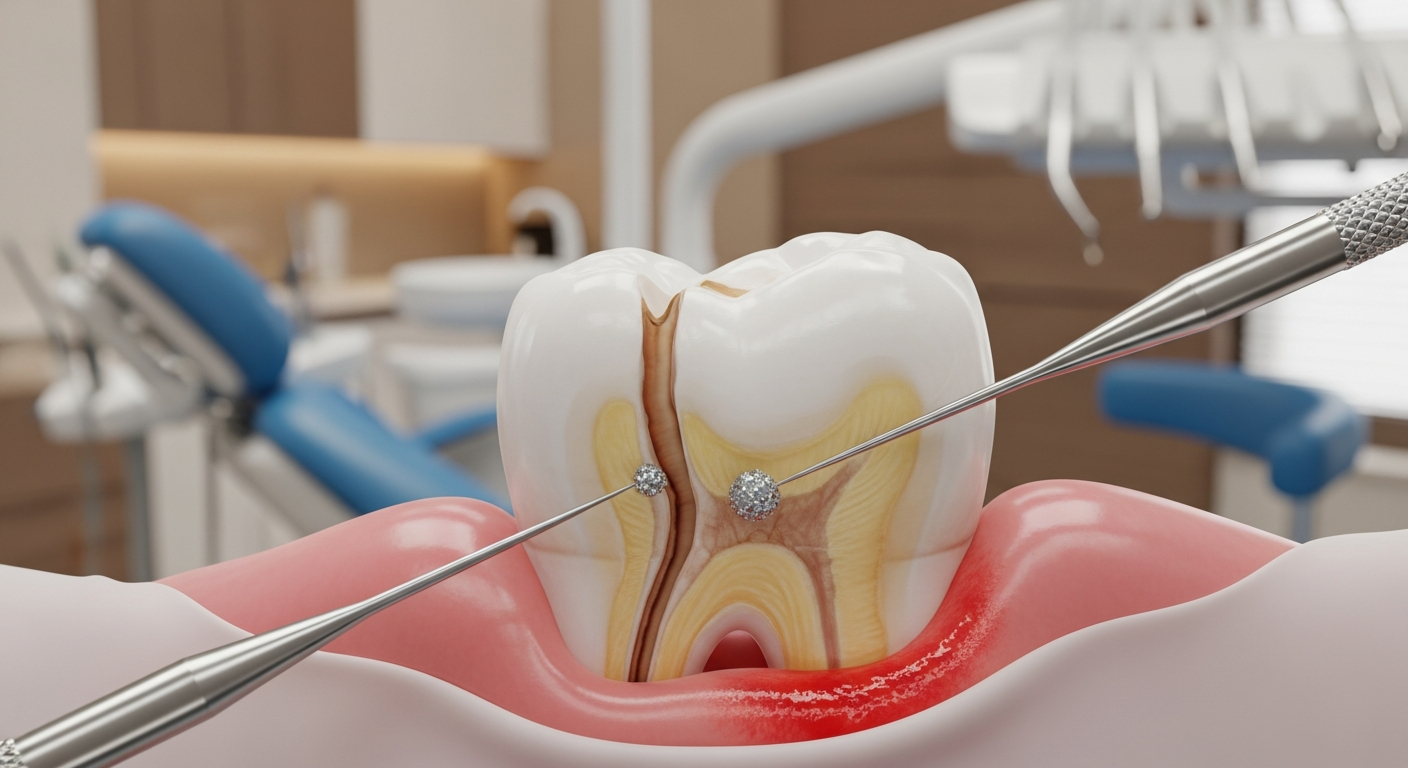




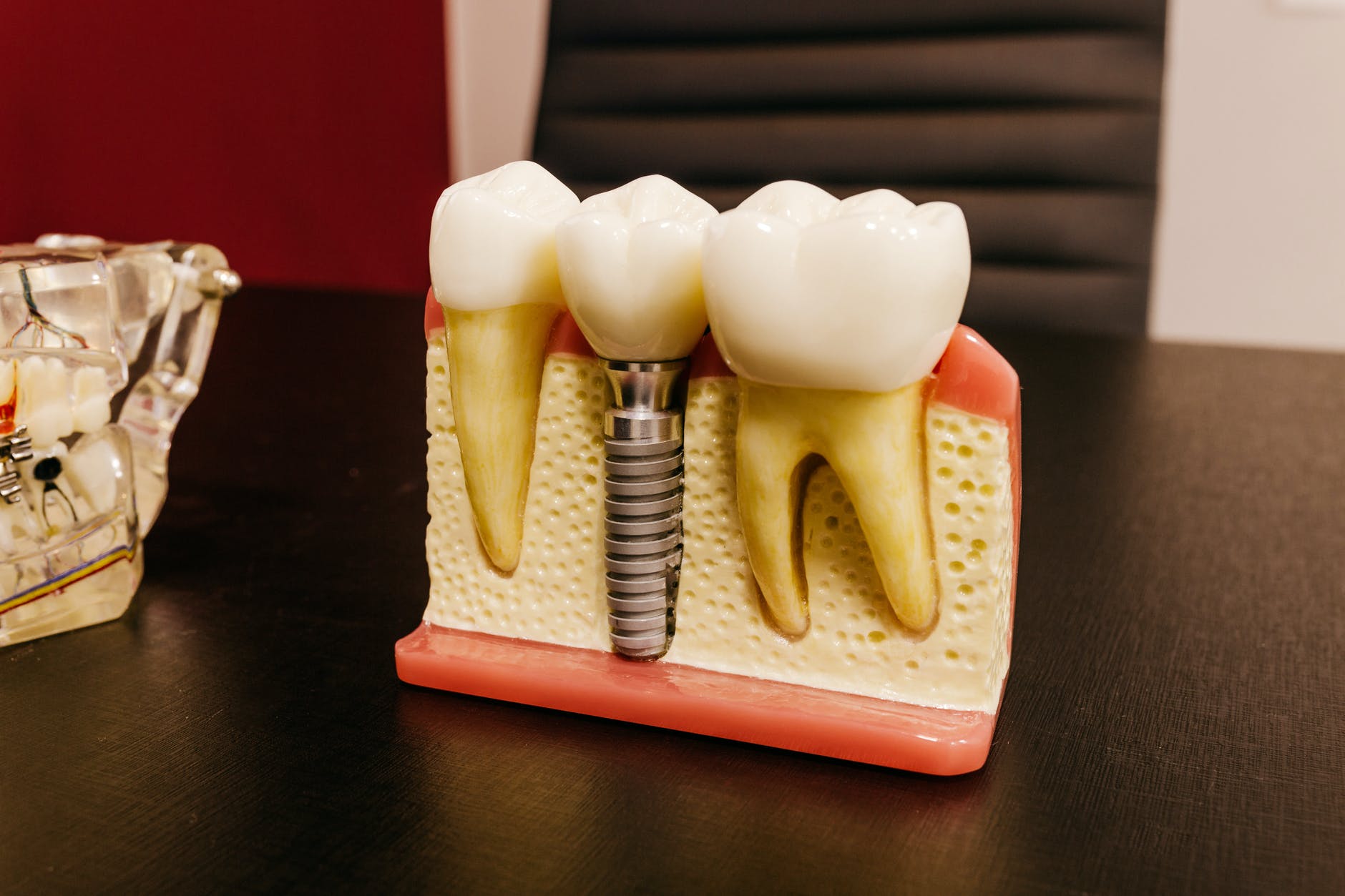










.avif)


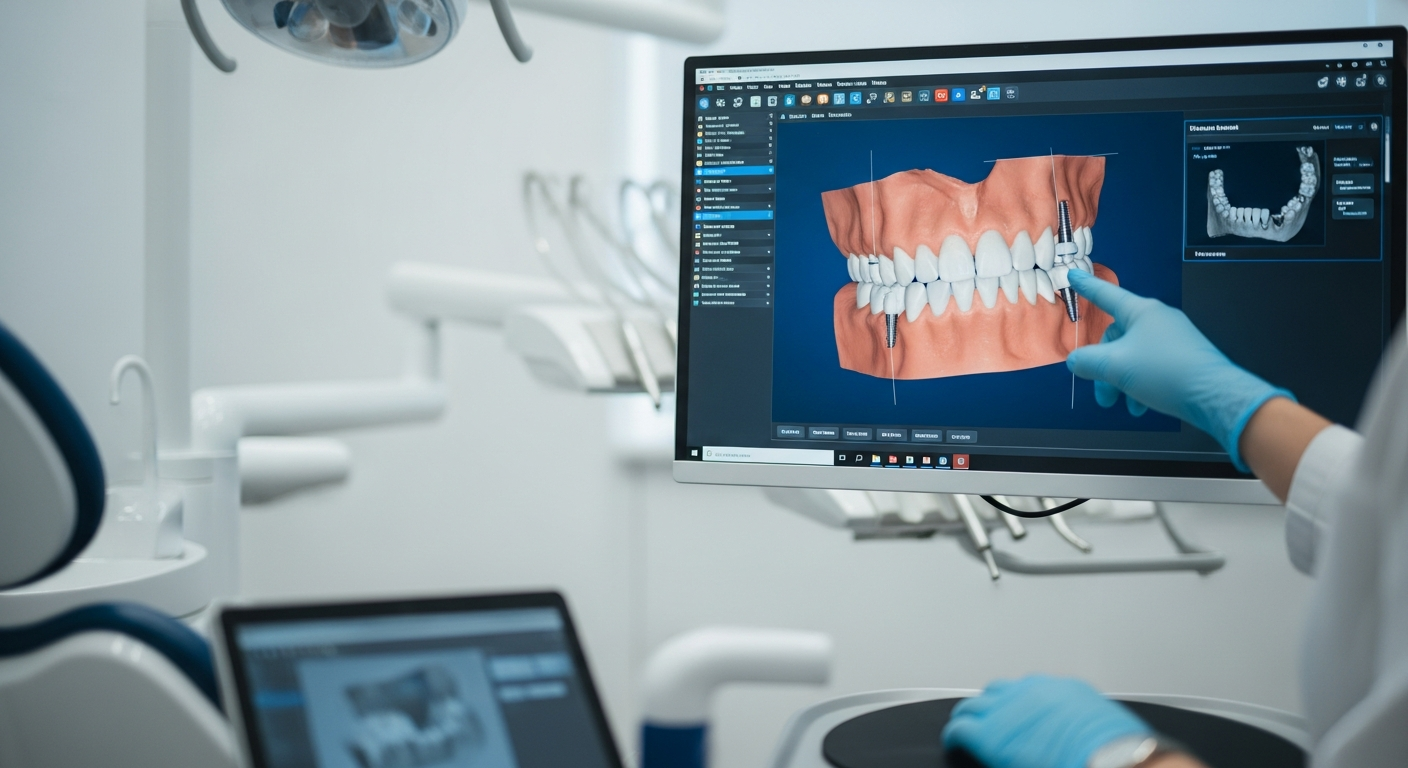




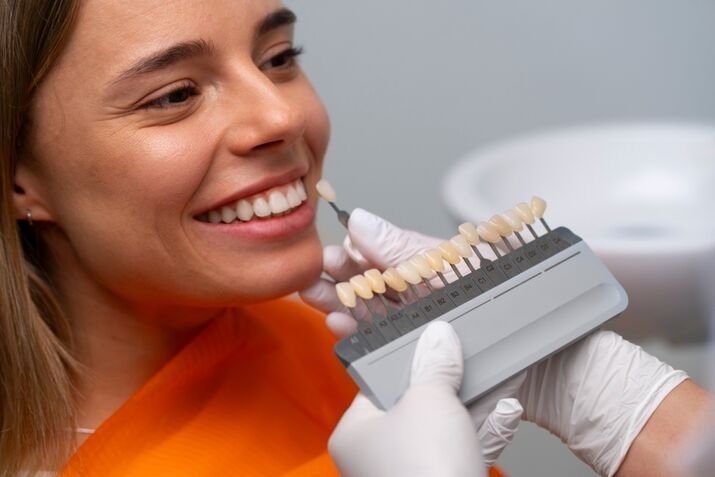


.jpg)


















.avif)


















.jpg)


